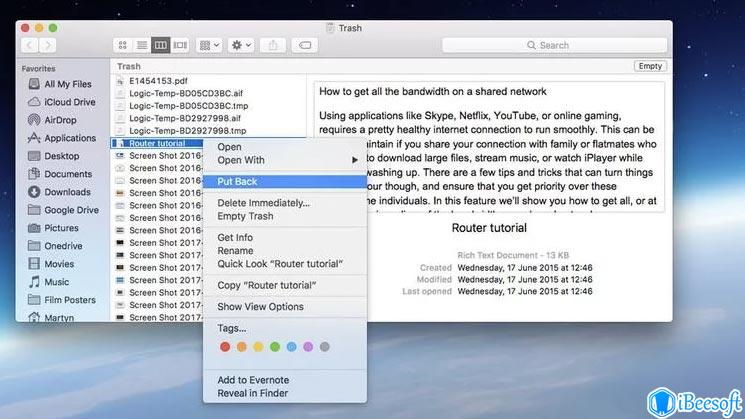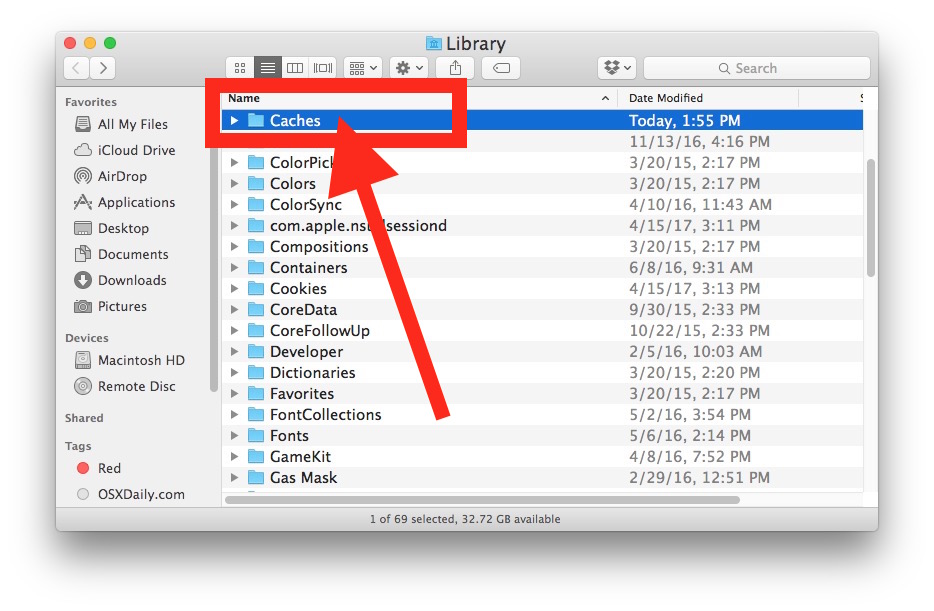
To start it, type Console in Spotlight Search or start LaunchPad and find the app under Other folder. Now, all logs have been consolidated, and there is one app that provides unified access to all of them at once.
How to see files on mac how to#
How To See The Recent Activity On Your Mac Use the Console app to browse the logsįor a long time, macOS had logs spread in multiple places on the disk, and anyone who wanted to find any information was forced to check various logs, usually under var\logs folder.

So, if you see the last login as ttys000, it merely means your current session.īesides this simple command, there are other ways to see if someone has logged into your Mac and messed with it. If you open another Terminal window, it will be assigned as ttys001. The ttys000 just means the first terminal window. The second line is from my current user “tester,” and I am still logged in (obviously). It is possible to disable remote connections to your Mac, check my article on the exact steps involved in disabling sharing preferences. Since both Macs are on the same WiFi network, I was able to use ssh to login. You can also see the IP address (192.168.0.102) of the remote Mac from which I logged in to the local computer. As you can see, I logged on from another computer using Terminal (ttys001) as user1.Ī user User1 is a second user I created on my local Mac. The first output on the screen is my remote connection. To make things more interesting, I also connected remotely as a user from my other MacBook. For instance, here is the screenshot from the command I ran on one of my Macs. Let me explain how to check the last login on Mac with the Terminal.

The command will print all login events in descending order. In the Terminal app window type “last” and hit Enter. Use Command+space key combination to start Spotlight Search, type Terminal in the search window, and hit Enter.

The easiest way to see the MacBook login history is to use the “last” command. In this case, you probably want to check the Mac login history when searching for suspicious activity when you assume that your Mac is in sleep mode.
How to see files on mac crack#
But even if you do, there is a risk that someone can crack and still get access to your computer. I always advise to set log in passwords and change them from time to time. Do you think that someone logged on your MacBook and copied the files from it? Do you feel that something has changed on your Mac, but you can’t tell why you have such a feeling? If so, I understand your concern because this is one of the most common questions people ask after leaving their MacBooks at home or work.


 0 kommentar(er)
0 kommentar(er)
